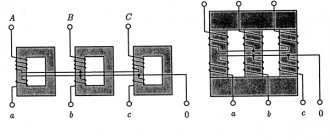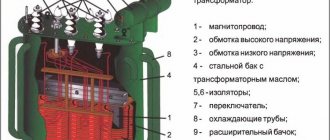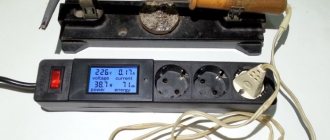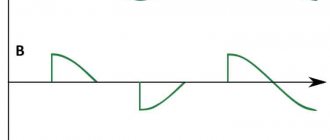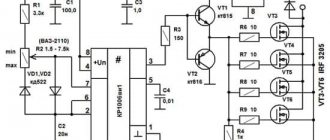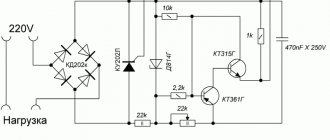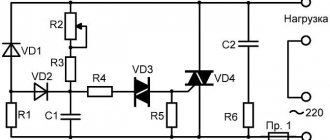Power determination
Let's say we need to harvest wheat from a field of 100 hectares. This can be done manually or using a food processor. Obviously, while a person cultivates 1 hectare of area, a combine harvester will have time to do much more. In this case, the difference between man and technology is precisely what is called power. This leads to the first definition.
| Power in physics is the amount of work done per unit of time. |
Let's consider another example: between point A and point B the distance is 15 km, which a person can cover in 3 hours, but a car can travel in just 10 minutes. It is clear that they will do the same amount of work in different times. What does power show in this case? How quickly or at what speed something is done.
In electromechanics, this quantity has another definition.
| Power is a scalar physical quantity that characterizes the instantaneous rate of energy transfer from system to system or the rate of conversion, change, and consumption of energy. |
Recall that scalar quantities are those whose value is expressed only as a number (without a direction vector).
Human power depending on activity
| Kind of activity | Power, W |
| Slow walking | 60–65 |
| Running at a speed of 9 km/h | 750 |
| Swimming at a speed of 50 m/min | 850 |
| Football game | 930 |
Determination of power by current strength for a single-phase network
The need to perform this procedure most often arises when setting restrictions on the maximum power of an electrical appliance that can be connected to a specific outlet or group of outlets.
If this restriction is violated, the risk of fire increases, and the plastic decorative elements of the outlet may melt due to excess heat generated.
Based on the definitions, which are described in mathematical form by expressions (1) and (2), to find the power, you simply multiply the current by the voltage.
The maximum permissible current is indicated on the outlet marking and for most indoor household products of this type is usually 6 A.
The voltage supplied from the mains to the outlet is 220 - 230 V. Thus, the maximum power is 1.3 kW.
Separately, we point out that the risks of damage to the outlet when connecting an overly powerful device are minimal in properly designed household wiring.
This useful property is provided by:
- installation of automatic machines;
- the use of plugs in powerful electrical appliances that physically cannot be connected to conventional sockets (mechanical interlocking).
A rather popular direct connection of a powerful stationary device (air conditioner, boiler) to the network without the use of sockets can be considered a unique version of mechanical interlocking.
How power is indicated: units of measurement
In the table above, you saw the designation in watts, and when reading the instructions for household appliances, you will notice that the number of watts is necessarily indicated among the characteristics of the device. It is a unit of measurement of mechanical power used in the international SI system. It is designated by the letter W or W.
The measurement of power in watts was adopted in honor of the Scottish scientist James Watt, the inventor of the steam engine. He became one of the founders of the English industrial revolution.
In physics, the following designation for power is accepted: 1 W = 1 J / 1s.
This means that 1 watt is the power required to do 1 joule of work in 1 second.
In what other units is power measured? Astrophysicists measure it in ergs per second (erg/sec), and in the automotive industry you still hear about horsepower.
It is interesting that the author of this last unit of measurement was the same Scot James Watt. At one of the breweries where he conducted his research, the owner pumped water for production using horses. And Watt found out that 1 horse lifts about 75 kg of water to a height of 1 meter per second. That's how the horsepower measurement came about. True, today such a designation of power in physics is considered obsolete.
One horsepower is the power required to lift a 75 kg load 1 meter in 1 second.



